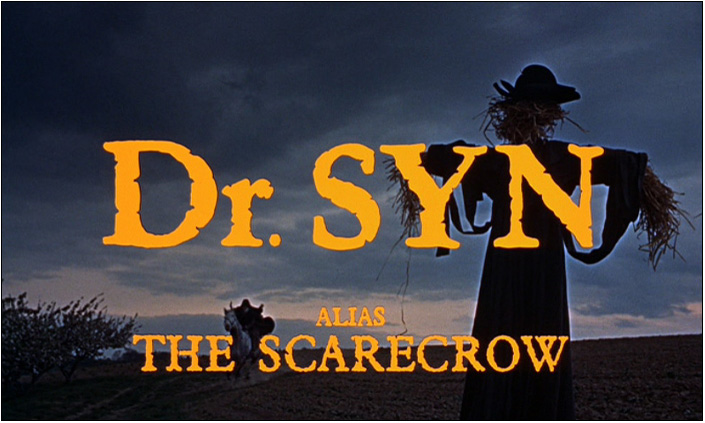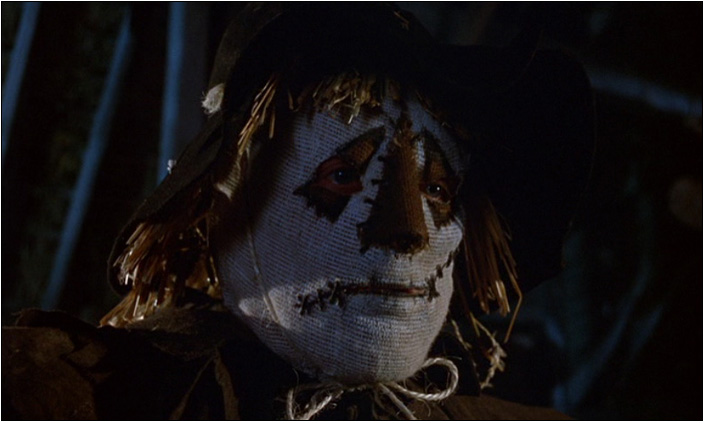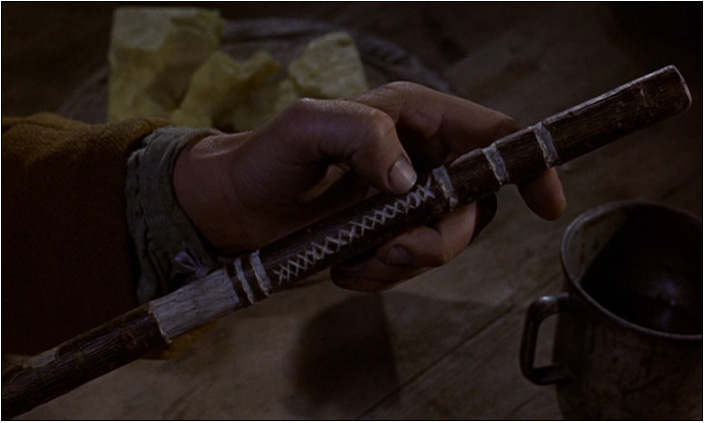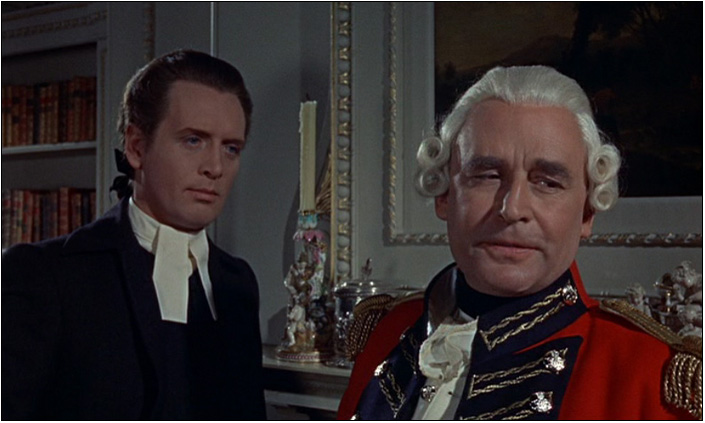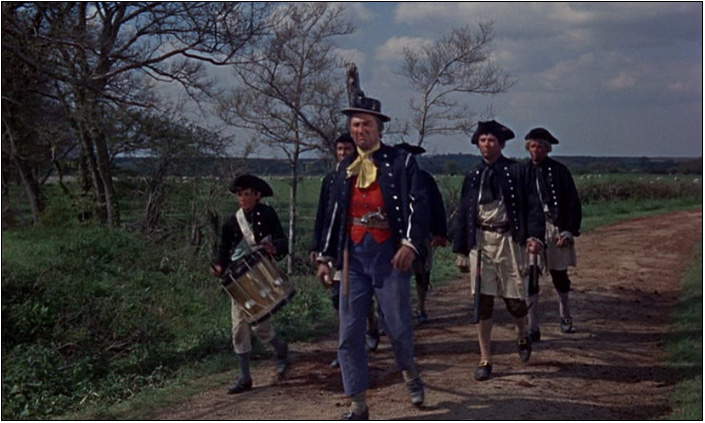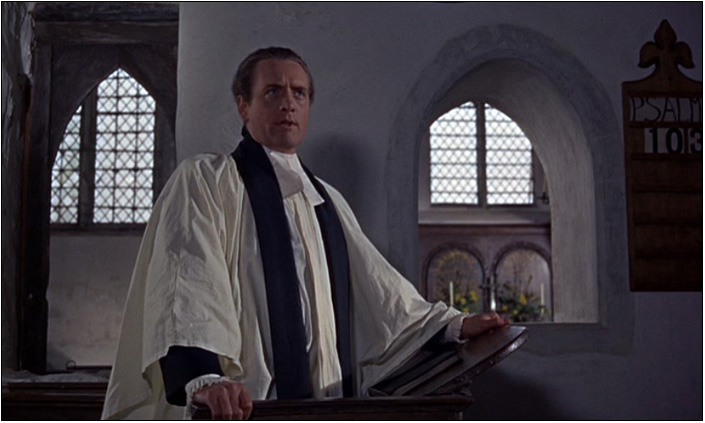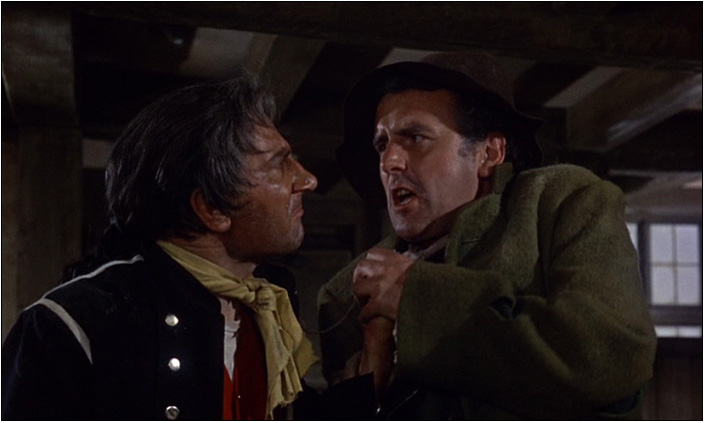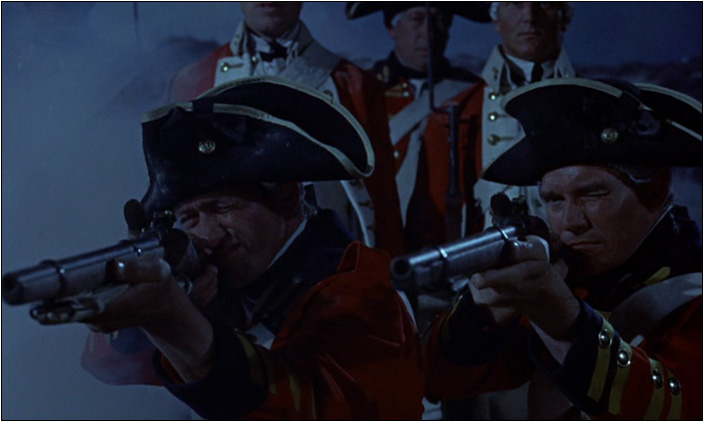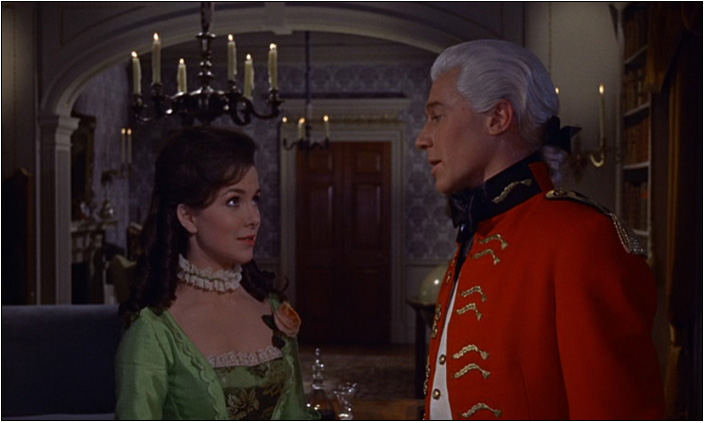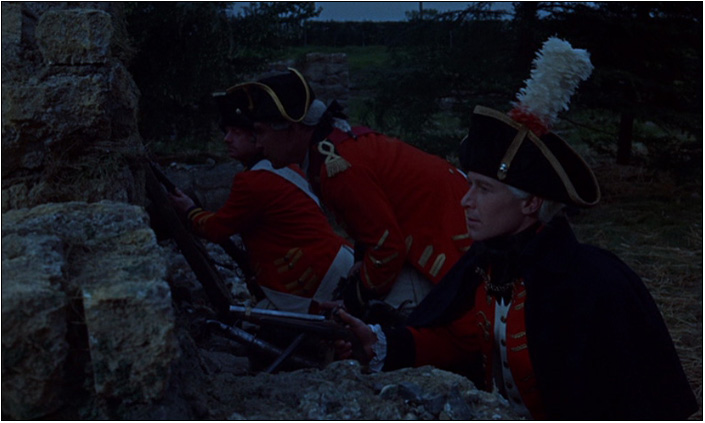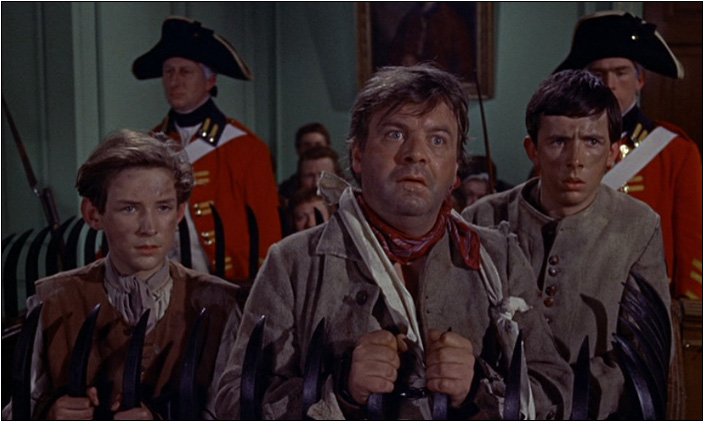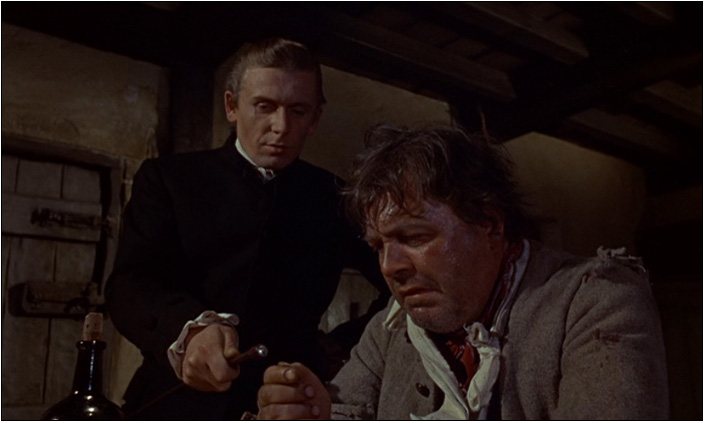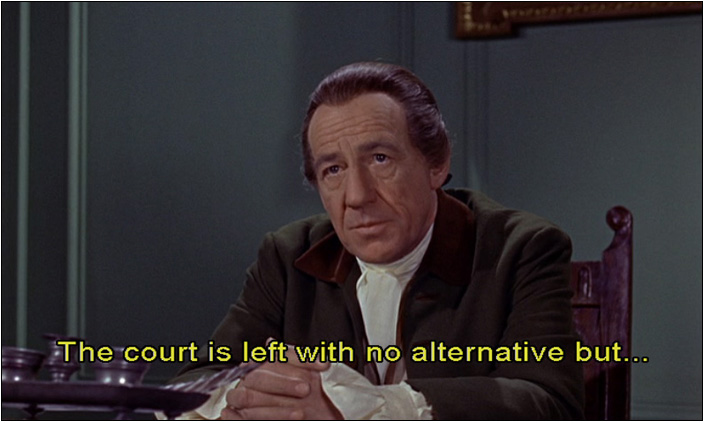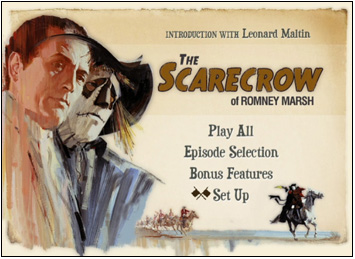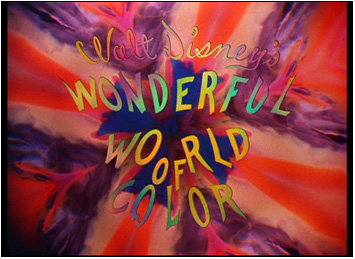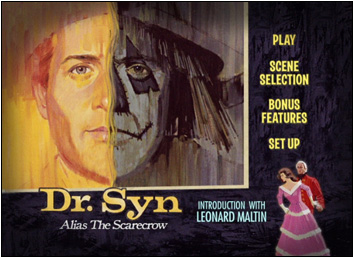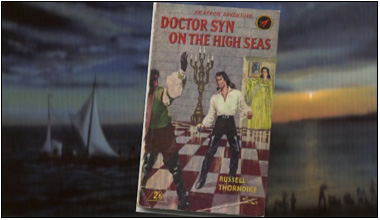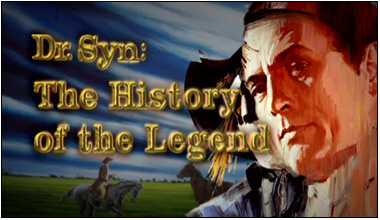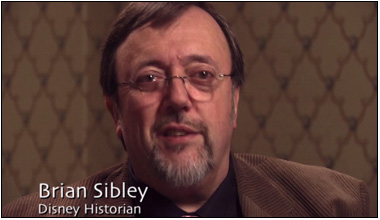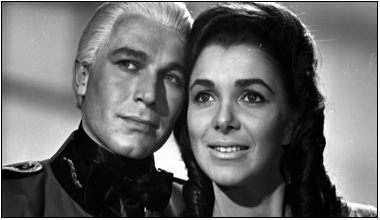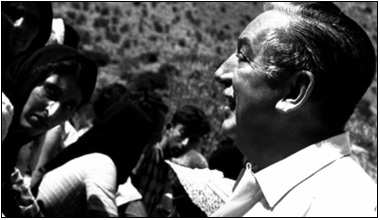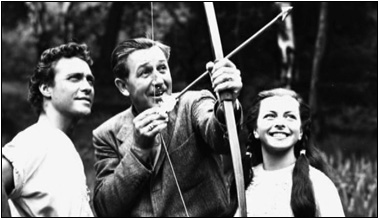![]()
![]()

![]()
![]()
|
Search DVDBeaver |
S E A R C H D V D B e a v e r |
L e n s V i e w sA view on Blu-ray and DVD video by Leonard Norwitz |
|
Dr. Syn: The
Scarecrow of Romney Marsh (Walt Disney Treasures) (aka "The Scarecrow of Romney Marsh" or "Dr. Syn, Alias the Scarecrow")
(James Neilson, 1963)
Review by Leonard Norwitz
Studio: Theatrical: Walt Disney (Pinewood Studios, UK) Disney DVD (Walt Disney Studios Home Entertainment)
Disc: Region: All Runtime: 151 min Chapters: 32 Size: Case: Oversize DVD case in Disney Treasure Tin. Release date: November 11, 2008
Video: Aspect ratio: 1.66:1 Resolution: 480p Video codec:
Audio: English 5.1 Dolby Surround; Original English Mono (restored)
Subtitles: English SDH
Extras: • Introductions by Leonard Maltin (2:42 & 3:08) • Featurette Walt Disney: From Burbank to London (11:39) • Featurette Dr. Syn: The History of The Legend (16:13)
The Film:
It must have been that 15 year period when I swore off TV
that I missed this adventure originally produced by Disney
in the UK for his Wonderful World of Color television show
on NBC (having moved there from ABC for just that reason).
In fact, Dr. Syn, in both this TV movie and the feature film
cut that came out several years later, slipped under my
radar altogether. The cool thing is that in this new DVD
edition, we are able to see the TV version (some 53 minutes
longer – and not a lame moment among them) in 1.66:1 as it
was originally shot and a 5.1 mix created for this DVD. Both
cuts of the movie are included on this 2-disc set, and one
that I can recommend without reservation.
Image: While the introductions and bonus features are presented in various formats, the television and feature film versions are both presented in 1.66:1, and are derived from the same remastered elements. (Keep in mind that viewers in 1964 would have seen a somewhat cropped version of this movie.) The image is lush with Technicolor renderings of day and night scenes with contrast always dead on, and shadows having just enough information to keep things lively. There is a certain amount of edge enhancement that we are aware of when the action slows down enough for us to notice – the only thing about the image that bears criticism.
Audio & Music: Disney was kind enough to present the television version in both a restored mono and a 5.1 DD. I found the 5.1 to be tastefully executed with plenty of spaciousness, especially for the music and the gunfire sequences. The music score by Gerard Schurmann is especially noteworthy, as many scores for British films are: they don't bring attention to themselves, yet support the drama perfectly. The title song by Terry Gilkyson (Thomasina, Swiss Family Robinson) is pure Disney and does sort of stick out a bit.
Operations: The only thing missing from the DVD itself is the ability to play a seamless rendering of the three episodes without the default middle credits, previews and introductions by Walt. (All three such versions could be sorted out neatly on Blu-ray.) As for the box design, I have to say that these Walt Disney Treasure Tins are among the least user-friendly ideas to come along the home video front. At usual, you can take the enclosed DVD case out of the tin and file it. The problem with the tin is that it has no identification on the spine, so what are we to do with it? The subtitles, as is the case on all Disney DVDs I've seen so far, are yellow.
Extras: In addition to Walt's introductions, Leonard Maltin is on hand to put everything in context in his brief intros. Elsewhere, the two short featurettes are totally worth the watch: chock full of history and information about the production, the novels on which this and other films about Dr. Syn are based, and an in-depth look at Disney's interest in making movies in the U.K. starting in the early 1950s.
Bottom line:
9 Leonard Norwitz
|
|
Introduction: I first noticed that some movies were actually "films" back around
1960 when I saw Seven Samurai (in the then popular truncated version),
La Strada and
The Third Man for the first time. American classics were a later and
happy discovery.
BLU-RAY STORE ALL OUR NEW FORMAT DVD REVIEWS
|
![]()
![]()

![]()
![]()


